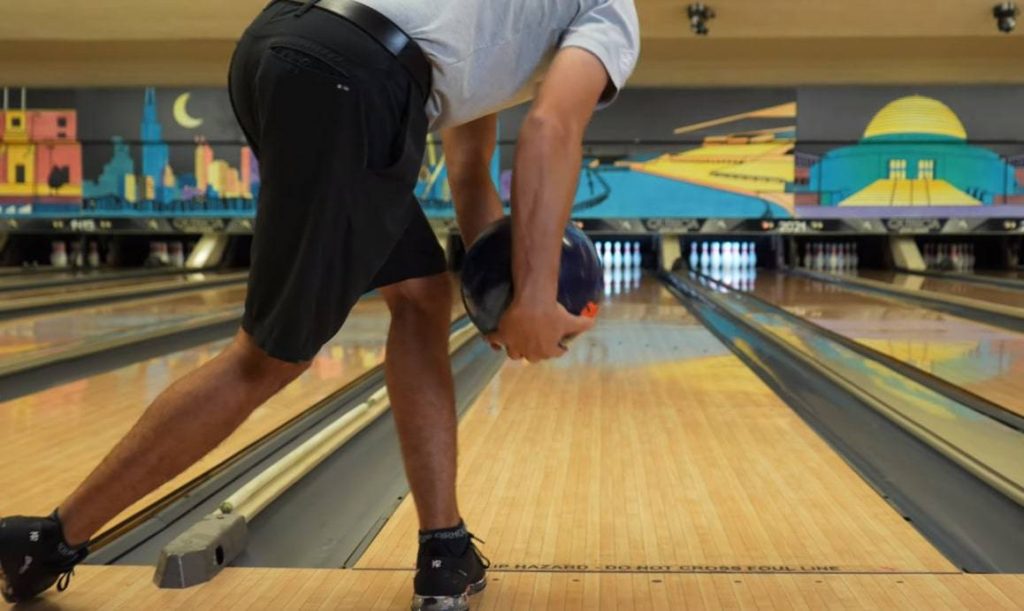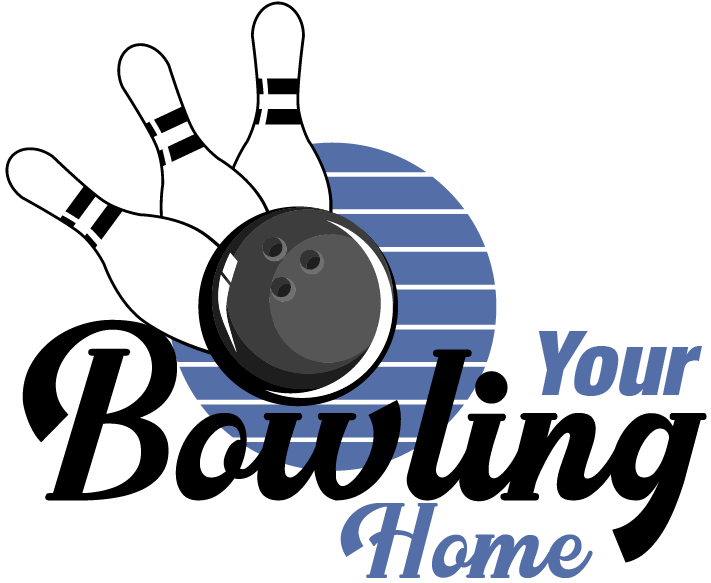Nine times out of ten you have probably played bowling with people following the same bowling technique; one-handed. But some people go for a different approach.
Two-handed bowling is a technique used in both the professional and amateur world of bowling. But how exactly is it played? Well, I’m here to take you through it step by step.
Why Use Two Hands to Throw a Bowling Ball?
You might be wondering if using two hands to bowl will offer you any kind of advantage. When it comes to speed, two hands won’t give you more of an advantage. But it will help you smooth the transition between your different forms during your play.
If you like to spin your ball (who doesn’t?) two hands will give you better control over this. But just like any technique, it will take some practice. So now that we’ve piqued your interest, read on!
How Do You Play Two-Handed Bowling: A Breakdown
Including a second hand in your bowling completely changes the way you play. Approaching the lane, holding the ball – all these factors are reshaped with this technique. So here is a breakdown of each step towards mastering this unique approach.
The Stance

If you’re standing, and ready to bowl, use your non-dominant hand to cradle the ball for stability and control. This hand will also help to add a spin to the ball when you release it.
Bend your knees slightly and tilt your spine a little. This is the perfect stance for two-handed bowling.
That useful second hand will give you heaps more control over the ball when released. You won’t be relying purely on one arm to create control and power.
The Approach
Getting a good pace and technique in your approach is crucial. It is estimated that you need around four or five steps only when bowling two-handed.
This varies depending on height (if you’re seven feet tall then you may run out of steps), but four or five is probably best.
The first step should be no different than if you were bowling with one hand. But the second is where you need to shift your weight to compensate for the dominant hand and where you are aiming.
Keep the momentum for the next steps, and on the final one, use a slide-skip combination to keep your aim accurate.
Grip
Never forget your grip when bowling. The technique and stance are vital, but your grip is key to making sure that these techniques are followed through to their greatest potential.
There are many different gripping techniques (everyone has their favorites); some people like to use their thumb, while others prefer to cradle the ball. There is no one correct way, but whatever way you choose, make sure that your ball is stable.
If it’s not, then you run the risk of losing control, and no one wants that. Place your other hand at the front of the ball, giving the ball as much stability as possible.
Swing
Let’s move on to the swing. The swing is the part where aim and power meet, so if your swing is off, then wave goodbye to any strikes or spares you may be aiming for.
If you swing closer to or above your shoulder blades, you will have plenty of power—but be careful; this could result in a loss of control.
For two-handed bowling, keep your non-dominant hand on the ball until it is released. Your elbow will then straighten only once this has happened. This might seem difficult, but more practice will help you get used to this.
Release
Now for the most nerve-wracking part: releasing the ball. Once you’ve released the ball, there is no going back. You have to stand and watch as the ball whizzes down the lane, hoping you get that all-important strike.
With two-handed bowling, the release should happen next to your ankle to generate more power.
It is important to know that when you release, the spin will come naturally, so avoid trying to add more spin with your non-dominant hand, as this can cause a loss of control.
Is It Legal to Play Two-Handed Bowling?
You’re probably thinking that you rarely see many two-handed bowlers out on the lanes. But they are there.
This technique is becoming more popular – so popular that some pros are trying to have it banned.
But why? Well, this approach can add a lot more power to your bowl. But despite this, two-handed bowling isn’t banned so is not officially considered cheating.
Many associations have looked into it and the technique does not go against any official laws. So even though some might see it as unfair, it’s technically not cheating.
Is There an Advantage to Two-Handed Bowling?
As stated previously, two-handed bowling can add more power to your bowl (you are using two hands, after all).
By cradling the ball with another hand, you allow yourself more control, giving your arms separate jobs in your swing, rather than leaving it all down to one arm to do everything.
But even though it has its advantages, it isn’t always easier. You need to practice just like anything else – and if you’re used to bowling one-handed then switching to two hands is going to take a lot of development in your technique.
Final Thoughts
So there you have it: two-handed bowling. A technique vastly different from the one-handed approach but just as effective.
To learn it takes plenty of skill, but you might find it to be the version you prefer more. So take that second hand and give it a try. You might end up winning more games than you expected!
